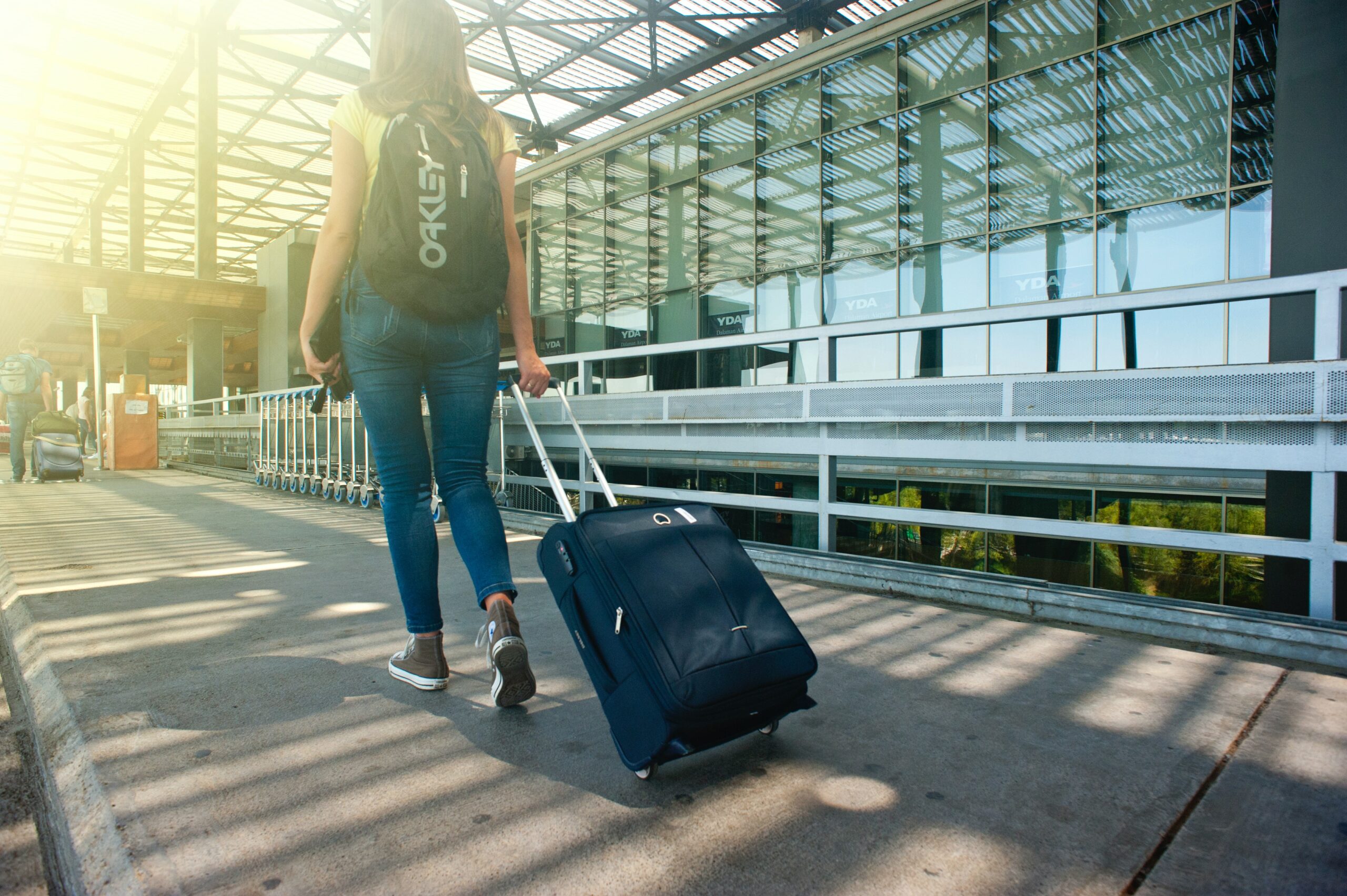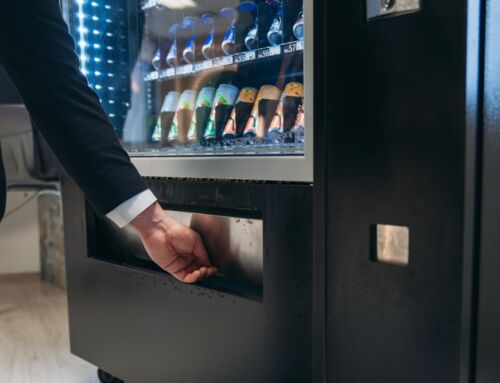It’s been a tough couple of months for the UK’s airports, not to mention the passengers looking forward to a long-overdue trip abroad. After all the disruption to international travel caused by the COVID-19 pandemic, the flight cancellations and long delays at airports witnessed since Easter have come as something of a kick in the teeth to holidaymakers.
The cause is a staffing crisis that has engulfed both airlines and airports. The travel industry shed tens of thousands of jobs over the course of the pandemic as it spent two years operating at a fraction of its previous capacity.
As soon as travel restrictions were eased earlier this year, the demand of course soared. But travel companies haven’t been able to recruit quick enough to get back up to speed. Combined with high levels of staff sickness as COVID testing remains mandatory for travel hub workers, it has created a ‘perfect storm’ of factors that have led to chaotic scenes.
Passengers have been hit at every turn. Shortages of baggage handlers have led to queues stretching outside airport terminals with lengthy hold ups at check in. Difficulties shifting the volumes of luggage onto planes have then caused departure delays, leading to widespread flight cancellations due to the knock-on effect on air traffic timetables.
And then on arrival, passengers have been facing waits of several hours to reclaim their luggage – if it even turns up in the right place at all.
No one is expecting a swift resolution to these issues as the peak summer holiday season gets into full swing. But part of the solution perhaps lies in airports turning to a technology that has already enjoyed widespread adoption in the industry – self-service kiosks.
Making baggage drop more streamlined
Kiosks are already a familiar sight at airport check-in. They are used by many airlines to let passengers print out their own luggage labels and boarding passes in place of the traditional check-in desk and baggage drop. The idea is to streamline luggage drop and avoid long queues.
Clearly, that is not what is happening at present. So are kiosks really the answer when they are already present in many airports?
What you have to look at is how kiosks are being used. Are there enough to have the desired effect on queues? Airports also need to look at where check-in kiosks are located. Most departure halls still have the traditional design of desks where passengers drop off their hold luggage. Kiosks are set back, so even once people weigh their luggage and print out labels, there is still a queue to drop them off.
This somewhat defeats the point of having a kiosk in the first place. If airport check-in lounges were redesigned so check-in, luggage weighing, tag printing and drop off all happened in the same place, it would save a lot more time.
Another way to improve the impact of self-service check-in is to have general kiosks that can be used by passengers of all airlines. At present, many airlines run their own kiosks in their own sections of the check-in hall. That’s unnecessary, as it is easy to build an option into the software for passengers to choose their airline as a first option. Letting passengers drop their luggage anywhere would avoid bottlenecks forming.
Finally, airports could look at the features available on kiosks to create further efficiency gains. For example, on many airport check-in kiosks, passengers have to input their details before they print their luggage tags. This is unnecessary if people have checked in online beforehand. If passengers are sent a QR code after the check-in, all they should have to do is scan this using a barcode scanner built into the kiosk, and their luggage tags can be printed with the right information straight away. This simple improvement alone would save a lot of time.
Of course, these measures won’t resolve the challenges facing airlines and airports on their own. But if operators are expecting to face staffing shortages stretching months into the future, finding ways to streamline processes to make the most of resources will be essential. Self-service kiosks can play a key role in that.




